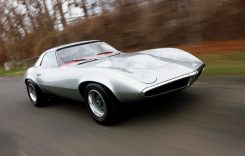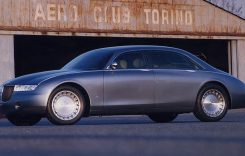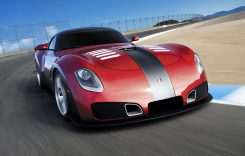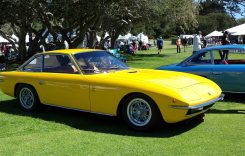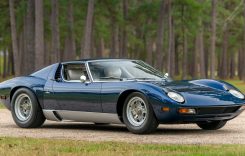It has been 25 years since the Mercedes-Benz 500 E first appeared at the Paris Motor Show in October 1990. Despite that, the saloon still carries the same irresistible charm that had appealed to car enthusiasts of that year up until today.
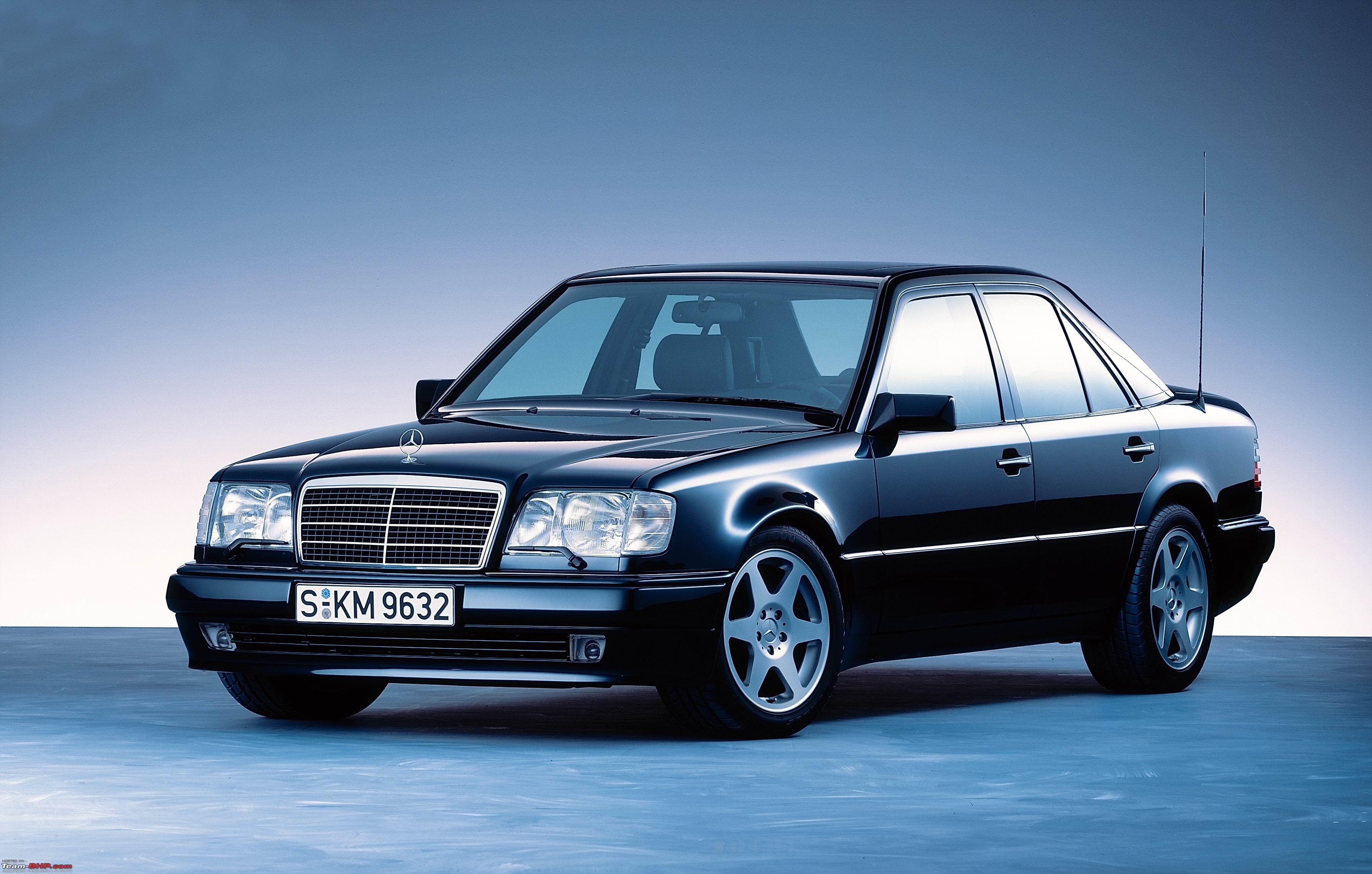
The E 500’s features reflect an unexpected partnership behind its production. This is because it is actually the result of the collaboration between Mercedes-Benz and super car manufacturer Porsche.
Porsche handled the final assembly procedures for the E 500 in its Stuttgart-Zuffenhausen facilities, while Mercedes-Benz undertook the early phases of building and painting the chassis in its Sindelfingen plant.
Mercedes-Benz took on the highly unusual partnership as a means to keep itself from stretching the capacities of its own plants, which would mean higher expenses and would have resulted to a more expensive E 500.
There was no other ideal manufacturer to handle the low production volume of the legendary saloon than Porsche, whose manufacturing processes were designed to handle exactly that kind of production demand. Plus, it also helped in uplifting Porsche’s somewhat thin financials of the period.
Besides interchanging the “E” (which stood for Einspritzer, or injection engine in German) in the car’s name with 500, Mercedes-Benz also gave the model a facelift in 1993, three years after the E 500 first appeared at the Paris Motor Show.
That year, the company redesigned the car’s radiator grille to combine it further with the bonnet. The wings found at the rear of the saloon were redesigned as well. Their edges were widened, specifically.
The company also introduced new designs to the portion of the rear end where the number plate is located. Because of its capabilities, the 500 E’s equipment was considered to be necessary for function rather than mere aesthetics.
For instance, the acceleration skid control was necessary in order to keep the car safe for the drivers given its excellent acceleration and huge power potential. The E 500’s capabilities were only surpassed by the 400 E or the E 420.
This car, which came out in October 1992, had the same 8-cylinder V engine found in the E 500. However, its capabilities were designed for long-distance driving, and thus were more powerful than the sports saloon’s capacities.
Mercedes-Benz even chose not to give the E 420 wheel arches that it gave to the E 500. The E 500 continued to be produced for 5 more years, and a total of 10,479 units rolled out of Mercedes-Benz’s factories in Germany.
The 500 E was produced together with the 500 E AMG. Production finally ended in April 1995, when Mercedes-Benz made the decision to launch the 210 model series. The 210 series officially succeeded the 124 series in June 1995.
In September 1995, Mercedes-Benz and AMG together unveiled the E 50 AMG, the venerable E 500’s official successor. When the saloon hit the market, buyers had to shell out 134,520 deutschmarks but, by 1995, the 500 E was so popular that its highest price was 145,590 deutschmarks.
Given the car’s exceptional performance and head-turner looks, it’s not a wonder that the 500 E remains a favorite among aficionados of classic cars today. The E 500 also had a considerable effect on the market, as its features and performance became benchmarks for other sports saloons that came after.
It’s still common to find fully functional E 500’s today. After all, this is not your usual fancy car that you will want to just keep in your garage so it retains its pristine condition. The E 500 is a beast that will do what you want from it, and whenever you need it.
